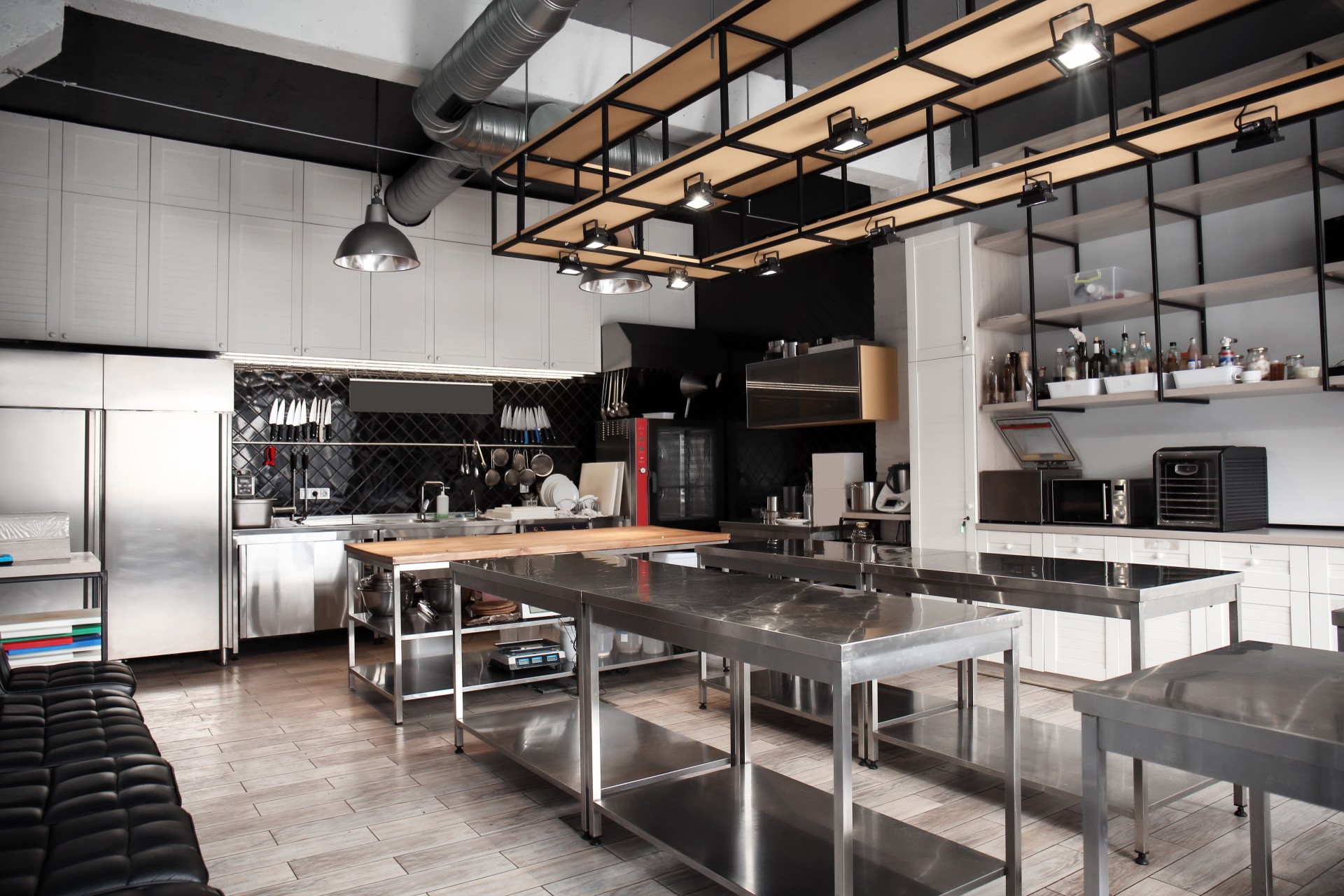Labor Shortages: Where Do We Go From Here?
One of the major issues restaurants face in the COVID era is a serious labor shortage. Simply put, restaurants are having persistent trouble finding employees. There are multiple causes that have been put forth to explain this phenomenon:
- The need for in-person labor. Unlike many fields of employment, traditional restaurant duties cannot be performed remotely.
- Risk of COVID-19 infection. Many potential employees are hesitant to work in crowded restaurants where the chance of exposure to infected persons is high.
- Preference for unemployment compensation. In some vicinities, workers collecting unemployment are earning more than they were when they were working onsite.
All these factors help explain why restaurant employment is still well below normal levels as of August 2021. A National Restaurant Association study released in April 2021 found that there were about 1.8 million fewer people working in the restaurant industry compared with the pre-pandemic era. Many restaurants have responded to this scarcity by offering incentives as well as lowering on-the-job experience requirements, but it still remains very difficult to find applicants.
In the face of this widespread labor shortage, what can restaurateurs do to keep their businesses running?
The Answer Lies in the Power of Technology
By automating certain tasks and processes, restaurants can get by with fewer employees while still providing the same level of service to which their customer has become accustomed.
Automation has already proven its value across many industries, including food production. For example, nut producers have been able to boost their output substantially with the aid of robotics.
According to one study, automation—in the form of machines and algorithms—will replace 42% of task hours by 2022.
How can automation help the restaurant industry? We’re still a ways away from robotic servers and cooks, but today’s restaurateurs already have access to a number of useful automated devices and tools that can improve workflows:
Remote temperature sensors – These eliminate the need for manual checking of cold storage temperatures. They can also be customized to transmit alerts whenever temperatures fall or rise beyond an acceptable range, allowing corrective action to be taken at once.
Digital checklists – These enable workers to speed up QA processes—paper checklists are relatively slow and more difficult to store properly—as well as ensure that these tasks are completed on time and according to regulations.
Food ordering kiosks and devices – Restaurants can use tools like handheld tablets to permit customers to input orders without the need for a human server. This also helps to reduce the incidence of error that can result from oral communications.
Automation is key to the growing prevalence of “ghost kitchens”—restaurants and other food service businesses that have dispensed with front-of-house areas altogether. This is a trend that will surely become more widespread over the next few years.
As matters stand now, automated solutions do not completely eliminate the need for human personnel in restaurants. Technological solutions of this nature should not be considered replacements for human employees but merely accessories that make it easier for restaurants to cope with labor shortages. They empower workers to perform mission-critical tasks faster with fewer people.
Read Also: Stadium Chef – Food & Beverage Magazine
Minimal automation in your labor force can quickly add up to substantial savings. And these savings can be earned with fewer personnel than restaurants have needed in the past.
About ComplianceMate™
Through a patented combination of wireless temperature sensors, mobile technologies, and easy-to-use tools built for the modern commercial kitchen, ComplianceMate gives its users total control over workflows, food safety, and compliance in all types of foodservice establishments. Customers can make evidence-based decisions about kitchen processes and staff training. Users see a rapid ROI from significant labor and food waste savings, as well as improved audit scores.








